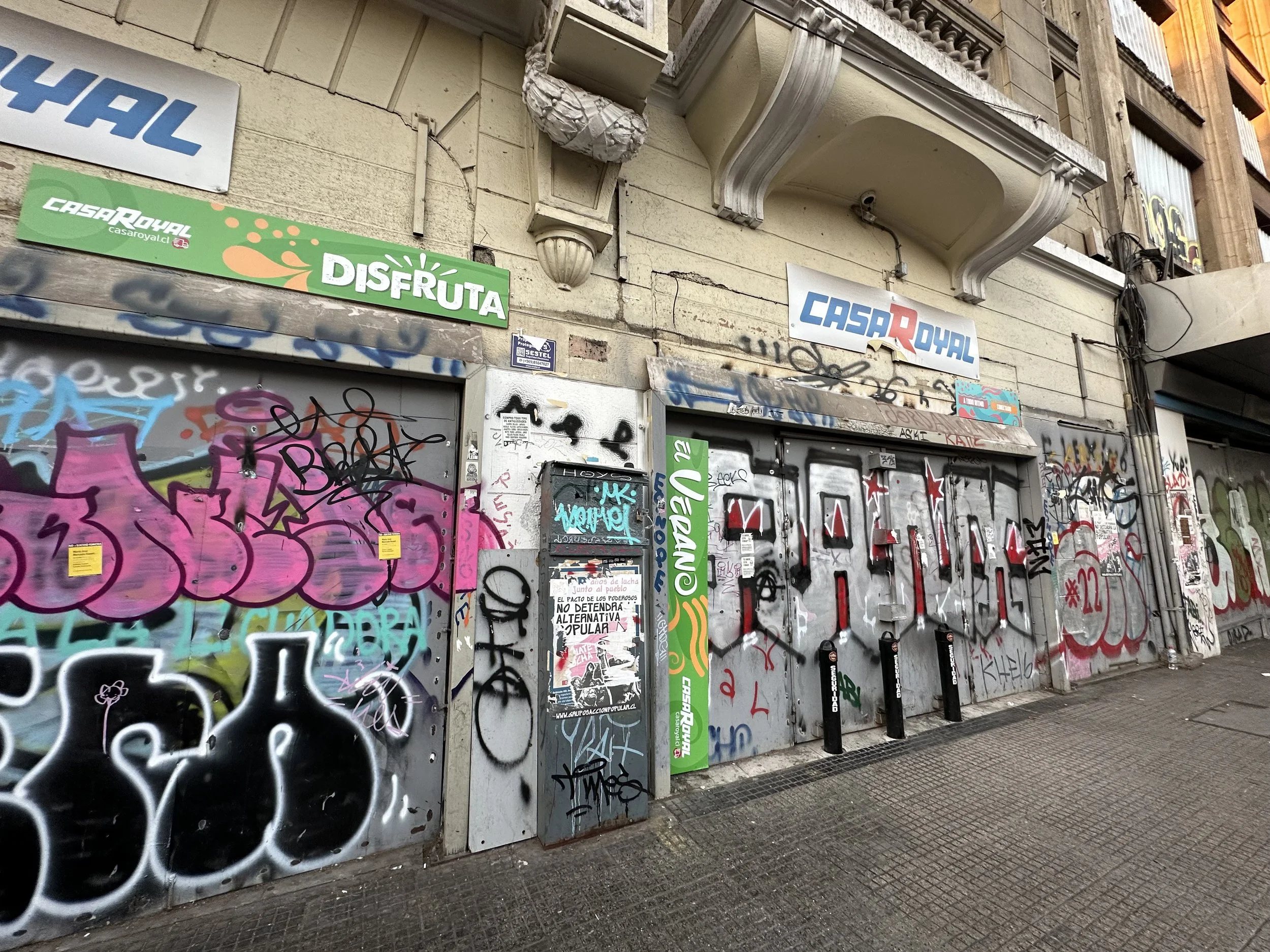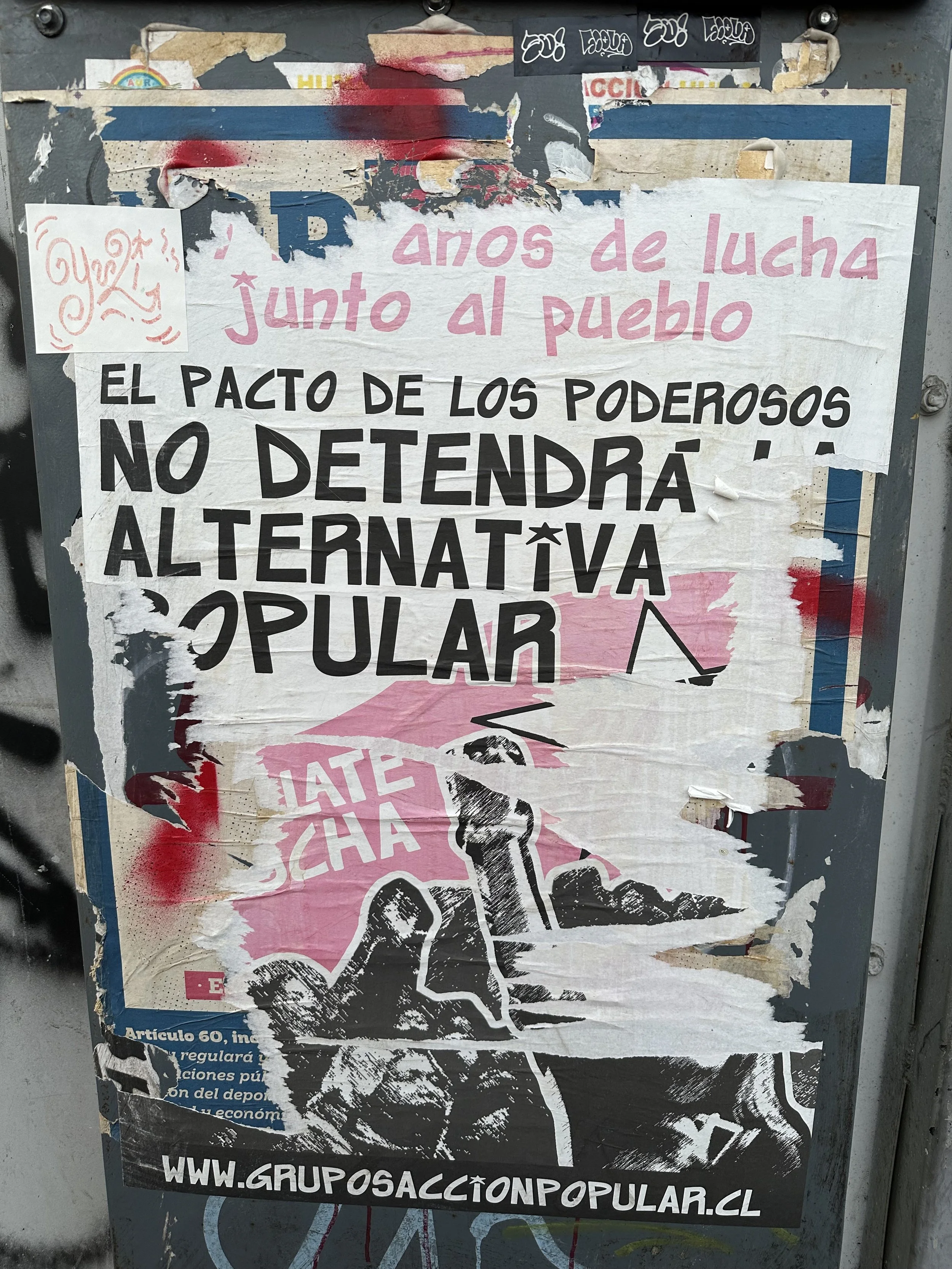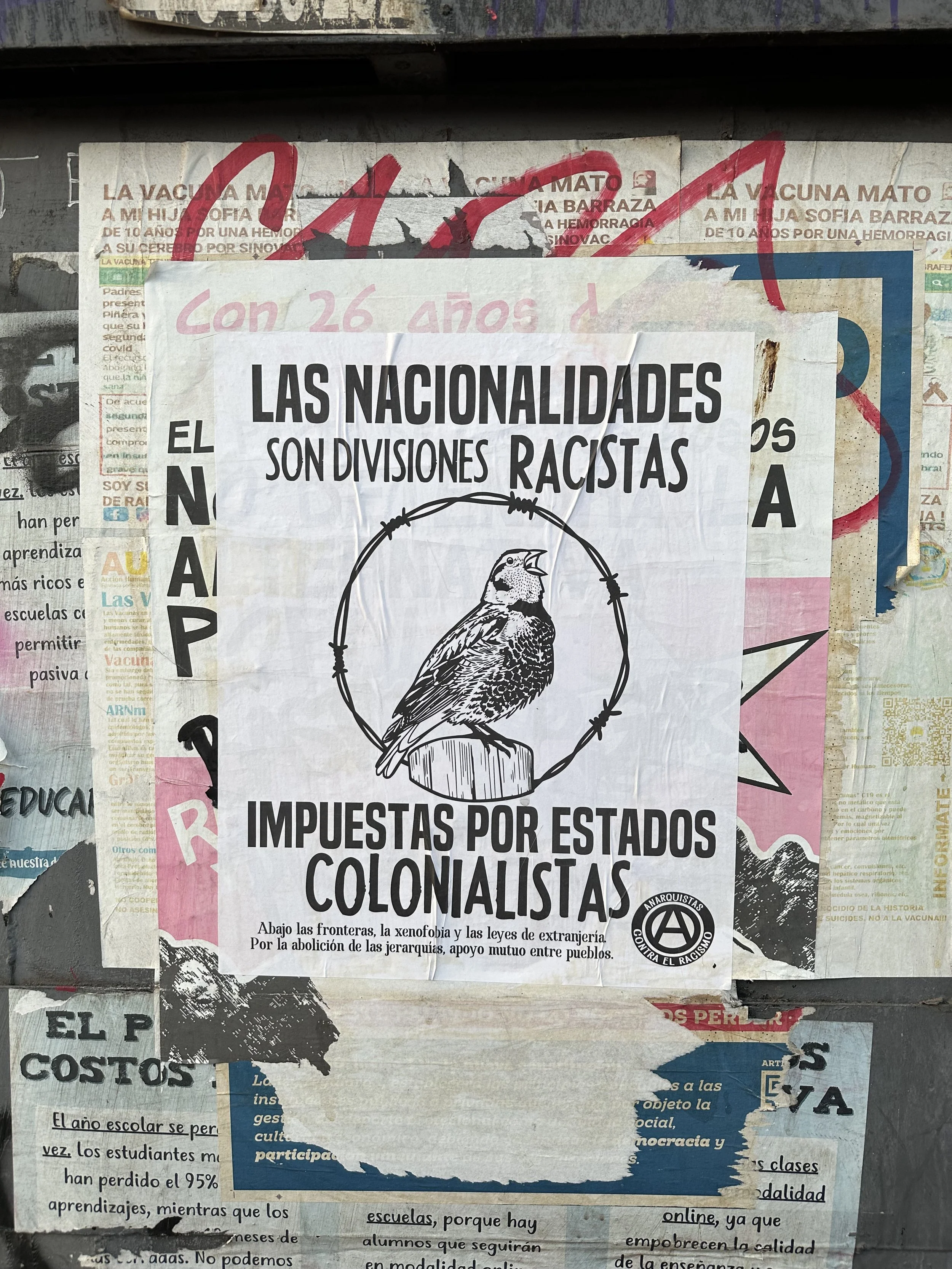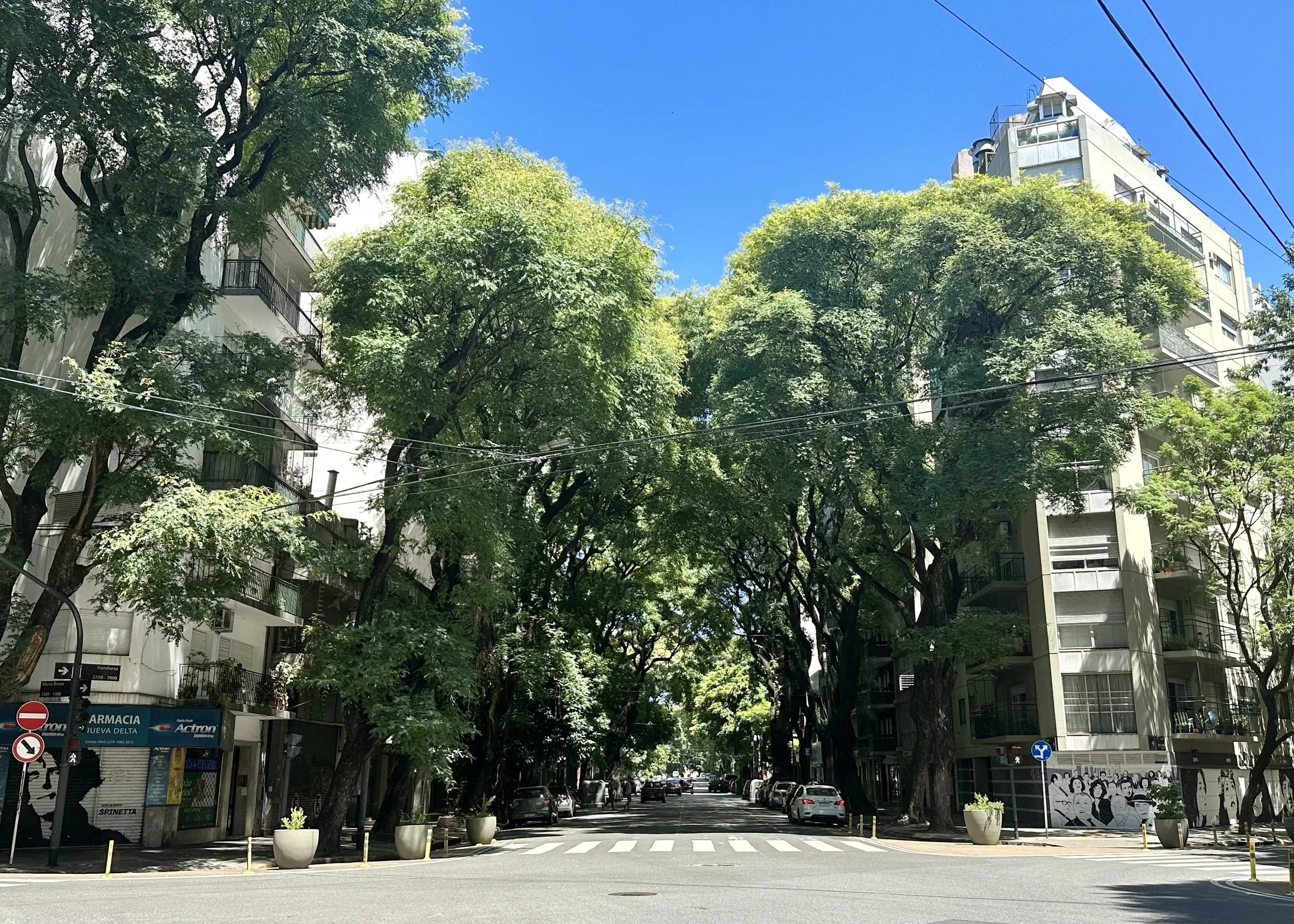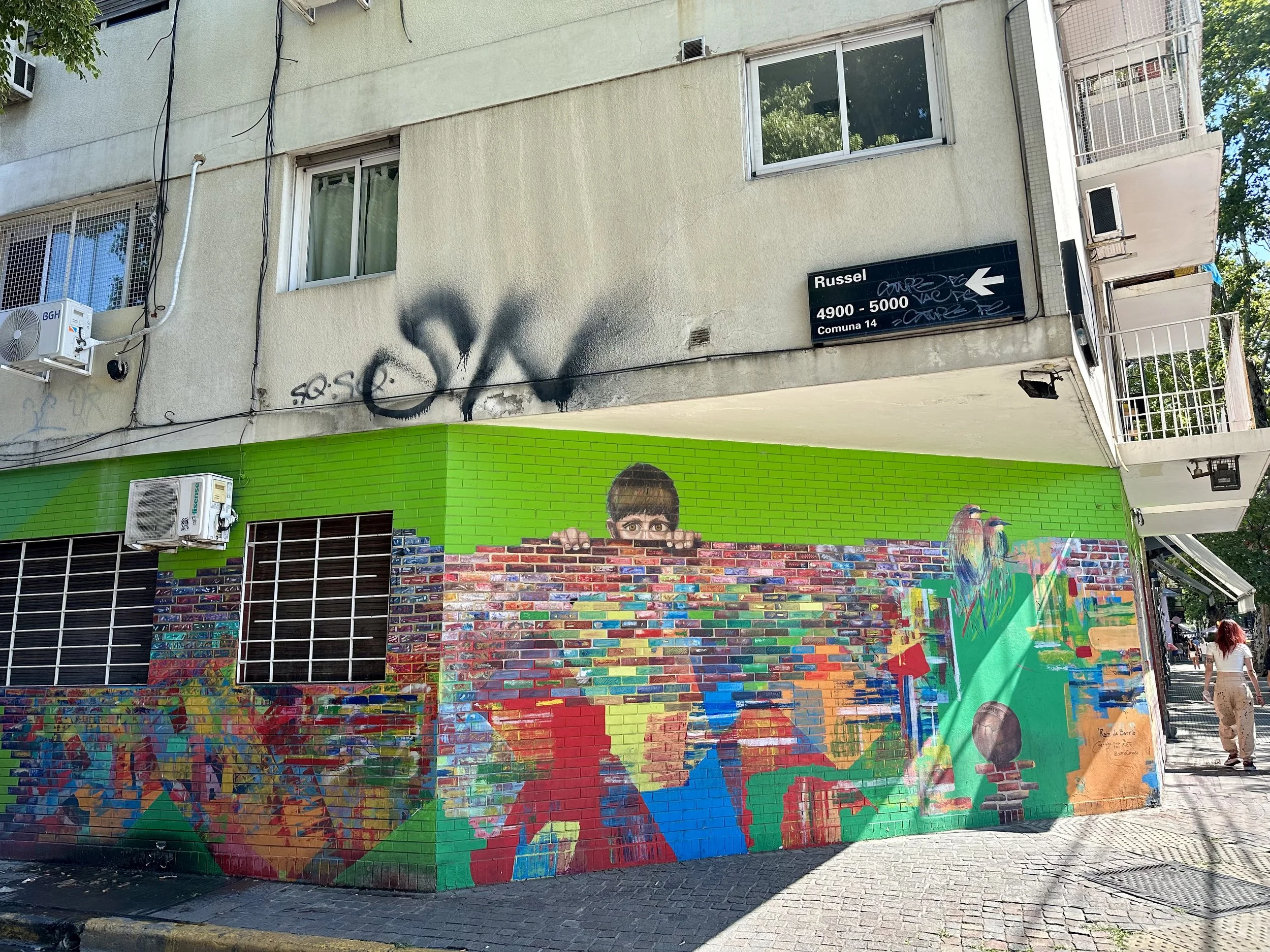How do Buenos Aires and Santiago Compare?
On our recent trip to Argentina, my friend and I squeezed in four days in Santiago de Chile, since it was only an hour flight across the Andes to get from Argentina’s wine country to Chile’s capital city. It was a decision rooted in both practicality (I needed reliable internet for work, which we assumed a capital city could provide) and curiosity (a compare and contrast exercise). Experiencing both Buenos Aires and Santiago de Chile left us wondering why the two capital cities are so different both from each other and from our expectations.
Both countries are former Spanish colonies that declared independence within two years of each other in the early 19th century. Both experienced political upheaval in the 1970s. In Chile, there was a military coup in 1973 that brought General Augusto Pinochet to power, who led a brutal military dictatorship until 1990. Argentina experienced its own upheaval, suffering through the “Dirty War” of the late ‘70s and early ‘80s during which thousands of people were kidnapped, tortured, and killed. Yet, both countries managed to bring in an era of peace and democracy. Argentina’s dictatorship ended in 1983, and Chile followed soon thereafter in 1990. Now Chile and Argentina hold the number one and number two spots, respectively, on the UN’s Human Development Index (HDI).
Chile outperforms Argentina on not only on the HDI (which accounts for health, education, and income factors) but also on other important indicators. For example, Chile’s per-capita GDP is $16,265, while Argentina’s is only $10,636. Chile is, unfortunately, experiencing high inflation at 12.8%, but it nothing compared to Argentina, which is making global headlines for 99% inflation. Chile also ranks better on the political stability scale at #93 in the world, though only a few spots better than Argentina, which is ranked #99.
Yet, Buenos Aires feels clean and well managed, whereas the downtown areas of Santiago felt much more grunge. Graffiti streaked every available inch of the city, and things generally seemed more run down. More people told us to “be careful” as we walked around Santiago, too. Why, then, did Santiago feel like the less wealthy capital? We began to wonder what separated these two countries and capital cities that had such similar geographies, political histories, and languages.
Santiago’s graffiti
As my friend learned in her museum expeditions (while I was working), the graffiti can at least be explained in part by political expression. Chileans, who have suffered through significant political unrest and violence in their cumulative memories, take to the streets to write political and social messages as a means of expression. When we looked carefully, we realized many of the artistic marks were politically driven.
The pact of the mighty will not stop the popular alternative
Nationalities are racist divisions imposed by colonialist states
Yet, that didn’t explain why Santiago’s streets were spray painted while Buenos Aires remained mostly clean, since both countries experienced political unrest. In Buenos Aires, the streets were clean and decorated with cheery murals. Large boulevards were covered in urban canopies that provided shade lush greenery. It was a cleaner city that felt simultaneously more antique, like Europe, and more modern.
Tree-lined street in Buenos Aires
Mural in Buenos Aires
It is possible the difference in street vibes stems from the difference in culture and local regulations, with the local government in Santiago de Chile taking a more laissez faire attitude toward the practice while Buenos Aires has cracked down on illegal street art while also providing more opportunities for artists to create sanctioned murals.
From a culinary perspective, Santiago and Buenos Aires were also quite different. Despite over 3,000 miles of coastline, Argentinians do not eat much seafood. According to data from the Food and Agriculture Organization of the United Nations (FAO), as of 2018, the average person in Argentina consumed 52.5 kilograms (115.7 pounds) of beef per year versus only 4.9 kilograms (10.8 pounds) of fish and seafood per year. In contrast, in Chile as of 2018, the average person consumed 20.6 kilograms (45.4 pounds) of beef and 12.8 kilograms (28.2 pounds) of fish and seafood per year. My friend, who eats neither beef nor seafood, struggled somewhat in both countries. I enjoy both protein types, but we both found the food in Chile to be much better. In Argentina, steak aside, the food is bland. It was rare to find a table setting that included pepper (only salt), and more often than not when we asked for “salsa picante” (hot sauce) the server would either say the restaurant didn’t have any or would bring back a sad tomato-vinegar sauce we could barely eat. Across Argentina, few dishes had sauces, spices, or explosive flavors, and we kept encountering poorer versions of European classics, like pasta, pizza, and schnitzel. When we arrived in Santiago, we luxuriated over our first meal, which included multiple sauces of different spice levels and bursts of flavor we’d been sorely missing in Argentina.
I know I was just a tourist for less than a week in Santiago, so there are numerous neighborhoods, customs, and experiences I did not get to enjoy while there that would have helped me understood the city better. Even after two weeks and three cities across Argentina, I have barely scratched the surface of experiencing everything it has to offer.
Although Buenos Aires and Santiago de Chile have many similarities in terms of history, language, geography, and politics, I realized there isn’t a silver bullet explanation why these capital cities—and countries for that matter—are so different. Even twin siblings who share both nurture and nature can turn out very differently from each other. If two people can be so different, why should we expect anything less from countries comprised of so many unique individuals?

